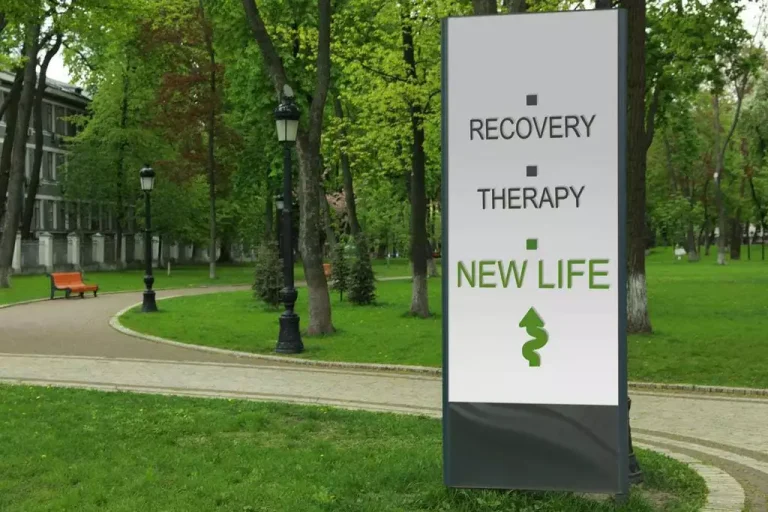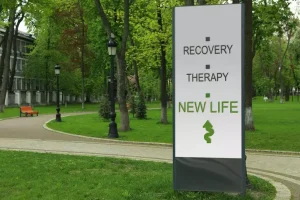
In this article, we’ll delve into the purpose, benefits, and support these transitional living arrangements offer. Gain insights into how halfway houses can address the pain points of individuals seeking stability and successful reintegration into society. Halfway houses are transitional living spaces for sober individuals who have either completed an addiction treatment program or finished serving time in prison. Detox occurs in addiction treatment before being ready for any transitional housing. However, sober living houses tend to offer more privacy and comfort than halfway houses. The cost of living in a halfway house is typically covered by insurance, government funding, or the resident’s own funds.
- The majority were operated by private, nonprofit organizations with boards of directors made up of leaders from the criminal justice, educational, and religious communities, as well as other dedicated citizens.
- Halfway houses enforce strict sobriety rules, requiring residents to abstain from alcohol and drug use.
- By the beginning of the 20th century, explanations regarding crime and criminals had shifted to the new paradigm of “positivism.” More effort began to be exerted toward understanding the criminal actor rather than the criminal act.
Typical Rules for a Halfway House
You are expected to follow the rules and guidelines and are required to participate in educational and vocational programs. The primary aim is to help you stay sober and avoid relapse while learning to become a productive member of society. A halfway house is a transitional living facility that provides support and supervision to individuals moving from treatment or mental health care to living on their own. A halfway house, also known as a transitional living facility, offers a structured and supportive environment for people adjusting to life after treatment. Its meaning is like offering a bridge between the controlled environment of a treatment facility and the challenges of living on your own. These developments might have been expected to be the death knell for the halfway house movement.

Services

But it should be noted that regular monitoring, auditing, and data reporting should be the norm in the first place. Halfway houses are just as much a part of someone’s prison sentence as incarceration itself, but they are subject to much less scrutiny than prisons and jails. This lack of guidelines and oversight has ensured that people in halfway houses are not being aided in safely and effectively rebuilding their lives after serving time in jails and prisons. It’s past time to start implementing oversight measures and extensive reforms that keep residents safe and help the halfway house experience feel more like reentry – and less like an extension of the carceral experience.
- Our free email newsletter offers guidance from top addiction specialists, inspiring sobriety stories, and practical recovery tips to help you or a loved one keep coming back and staying sober.
- Halfway houses have a maximum residency of 12 months, which is different from the time limit for sober homes.
- This accountability promotes personal growth, responsibility, and the development of self-discipline, crucial elements for successful recovery.
- But it should be noted that regular monitoring, auditing, and data reporting should be the norm in the first place.
- Disciplinary procedure for violating rules can result in the loss of good conduct time credits, or being sent back to prison or jail, sometimes without a hearing.
- A halfway house is a transitional living facility that provides support and supervision to individuals moving from treatment or mental health care to living on their own.
“Halfway house” is an umbrella term

Placement in Residential Reentry Centers (RRCs) post-incarceration can technically be declined by people slated for release, but doing so would require staying in prison instead. Federally contracted halfway houses are called Residential Reentry Centers (RRCs). Halfway House vs Sober Living State-licensed halfway houses can be referred to by a variety of terms, like Transitional Centers, Reentry Centers, Community Recovery Centers, etc.

Halfway houses enforce strict sobriety rules, requiring residents to abstain from alcohol and drug use. Halfway houses enforce rules and guidelines, holding residents accountable for their actions. This accountability promotes personal growth, responsibility, and the development of self-discipline, crucial elements for successful recovery. Some halfway house residents might be there because the court has required it as part of a sentence. Halfway houses designated for convicted criminals are sometimes called Community Corrections Centers or Community Correctional Centers. We’re here to provide guidance and support for anyone on their sober living journey.

